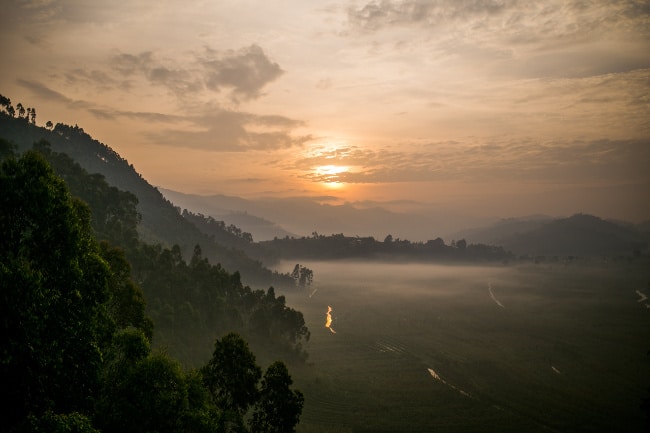Are you planning to travel to Uganda? If so, you can plan that visit generally any time of the year because the climate doesn’t change much as time goes by. However, like the rest of Africa, it is important to note that Uganda has only two seasons: wet and dry. Each of these two types offers a unique set of benefits to the experience and is one aspect you have to consider if planning a trip to the country.
Which Months Are the Wet Seasons? Which Months Are the Dry Seasons?
Although the question is a little straightforward, the answer is a little more complicated. Some wet months are better than other wet months for various reasons, and some dry months are better than previous bouts of dryness.
Generally speaking, however, the best months to go are in January, February, June, and July—during the best part of the dry season. These are also some of the most popular months, so expect many tourists to show up.
Following those dry months are the partially dry and wet months—August and December—two months that are also quite popular. The wetter months include March and September. Surprisingly, it is during these months that Uganda experiences the highest number of visitors. Following those months are the other wet months that are less popular: April, May, October, and November.
Which Season Is the Best?
Which season you pick is really up to you and what your goal is for your Uganda tour. For instance, if you want to go on a bird safari, the wet months like March and September are great because this is when the lush green season starts to show, and the birds are more active. However, note that you will have to adapt to the migratory patterns for birds depending on what birds you are trying to find. For instance, some birds may only arrive in November and leave in a few months.
On the other hand, if you want to do other activities like gorilla tracking, the dry season is best.
You will have to visit in the months of January and February to give yourself the best chances of running into gorillas. Of course, there are other reasons dry seasons are great, such as vegetation being more sparse, which makes spotting wildlife easier.
If you need more help picking the right months to visit Uganda, do not be afraid to reach out to any of the tour package providers for more information.
Conclusion
With all of that in mind, here are our key takeaways that you must remember. The months you pick will depend on what you want to achieve in your tour. More often than not, your plan will also be affected by what months you can travel, such as long seasonal holidays or breaks from school. Regardless, carefully planning these trips ahead of time is essential to the success of your tour, and if you still need help perfecting your plan, reach out to the safari and tour providers to learn more!
Bushman Safaris is Uganda’s top safari trip company offering affordable tour packages that promise an unforgettable and stunning experience. Reach out to us today and learn more about gorilla tours in Uganda today!









